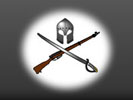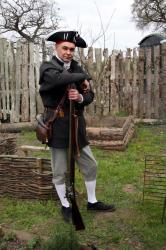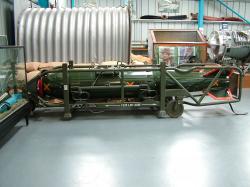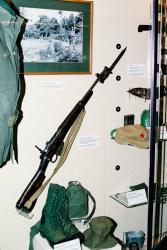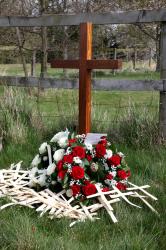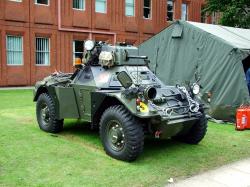Translate this Page
Recent reviews :
- The Men of Wellington's Light Division (Gareth Glover and Robert Burnham)
- Blood, Guts and Gore. (John Gordon Smith )
- Armoured Warfare in the British Army 1939-1945 (Dick Taylor)
- Battle Understanding Conflict Hastings to Helmand (Graeme Callister & Rachael Whitbread)
- Eyewitness at Dieppe (Ross Reyburn)
- Echoes From Dawn Skies - Early Aviators: A Lost Manuscript Rediscovered (Frederick Warren Merriam)
- The Decline of Empires in South Asia (Heather A Campbell)
- The Final Curtain Burma 1941-1945 (Jeremy Archer)
- The Harwich Striking Force (Steve R Dunn)
- Churchill's Arctic Convoys (William Smith)
Review for Sir Alan Cobham, The Flying Legend.
Author/Director : Colin Cruddas
Format : Book
Published in association with The Aviation Historian Magazine.
This book is an important biography of an important figure in British aviation who held a pivotal position in the development of flying in the inter-war period. It begins with the early life of Alan J Cobham, born in 1894 in Camberwell to a middle class family, then outlines his work in the garment industry and farming before, in 1914, he joined up in the Army Veterinary Corps. He served with distinction in France, becoming a Veterinary Sergeant in charge of the welfare of 1,500 horses on the Western Front. It then describes how, after some childhood exposure to aircraft at Brooklands he applied to the Royal Flying Corps and, with connections and a certain degree of luck, was accepted and went on to become a flying instructor.
The biography follows on with his post war struggle to get a job, how he set up his own company with the Holmes brothers as a taxi pilot and went on to work for Airco, then de Havilland, in the air taxi and aerial photography business. However the book doesn’t dwell on the flying itself, as that was only one facet of the future Sir Alan’s success. It makes plain his organisational and leadership talents that would typify his approach. His long distance flights, to India, Cape Town and eventually Australia (for which he gained his Knighthood) are described, again placing emphasis on his ability to organise and finance the ventures as well as fly them. It points out the contributions of his relationship with influential figures like Sir Sefton Brancker and Lord Wakefield to his successes, but also to his view of aviation. He wasn’t one of the glory-seaking record breakers, though he did indeed break records. His focus was on proving that aviation had a commercial and practical future. Hence on his long-distance tours, such as the circumnavigation of Africa in a Shorts Singapore flying boat, he was making copious notes, reports and local contacts to lay the groundwork for future commercial air routes.
This is further shown in his next, and probably more famous venture, the National Aviation Days. During the 1930’s he led a troupe (later 2 troupes) of aircraft, ground personnel and pilots around the country giving demonstrations and experience flights to thousands of ordinary people. His purpose, again clearly shown in this book, was not to thrill or be a ‘barnstormer’ but to educate and ‘acclimatise’ the public to aircraft, and build what was termed ‘airmindedness’. It also highlights the contributions made to the Air Days by the long suffering Dallas Eskell and Hugh Thompson, without whom the venture would have come to grief several times.
This marks another shift in direction for the book. As the end of the 1930’s approached and Sir Alan's new company, Flight Refueling Ltd. showed more potential the book becomes more of a wider history of FRL than a biography of Sir Alan. It describes the major inventions in terms of both equipment and technique that FRL made to the in-flight refueling, including the important war-work it undertook in the 1940’s and the major developments since then.
All in all, this is an timely reminder of the work of a key figure in the history of aviation, one often overlooked in the modern world in favour of his more attention-seeking contemporaries but one who materially helped contribute to the air industry today. I would have preferred more maps and a bibliography, but the included illustrations are useful and welcome, and the text is well-written, balanced and highly readable. Definitely to be recommended.
Published by : Frontline Books (Yorkshire), 2018
ISBN : 978-1-52673-840-0
Review last updated : 2019-01-27 15:09:56
